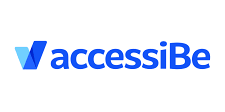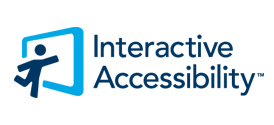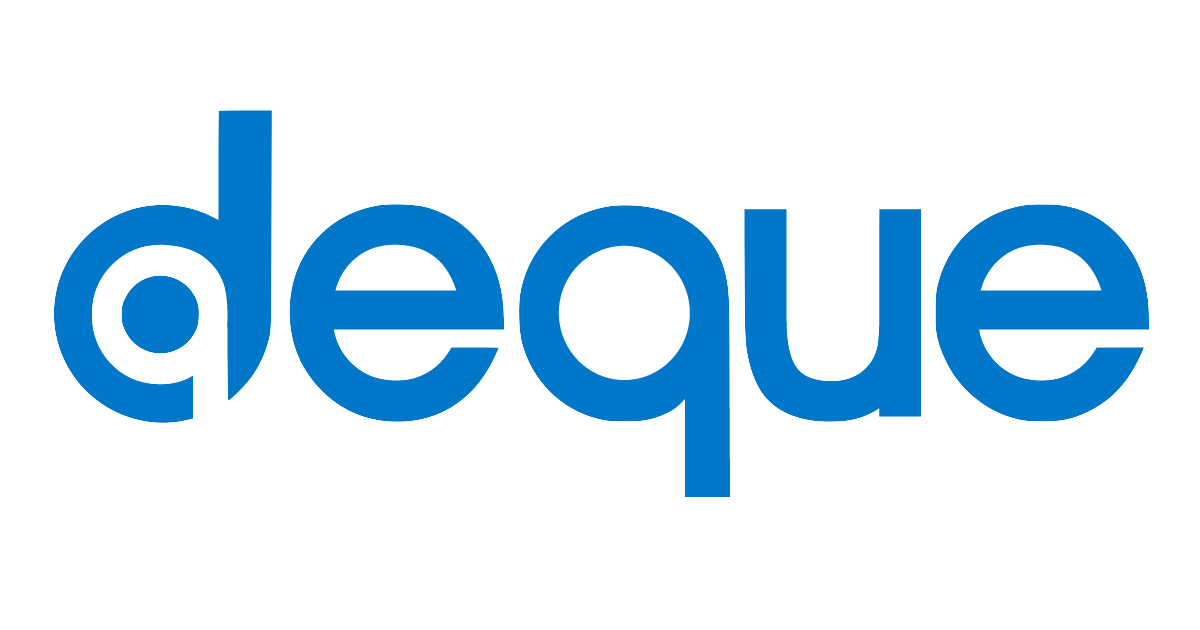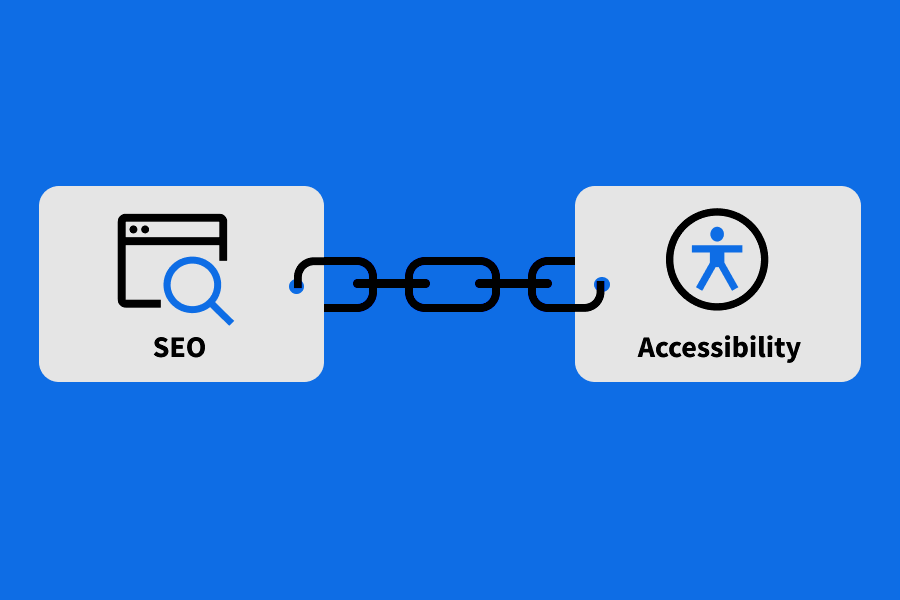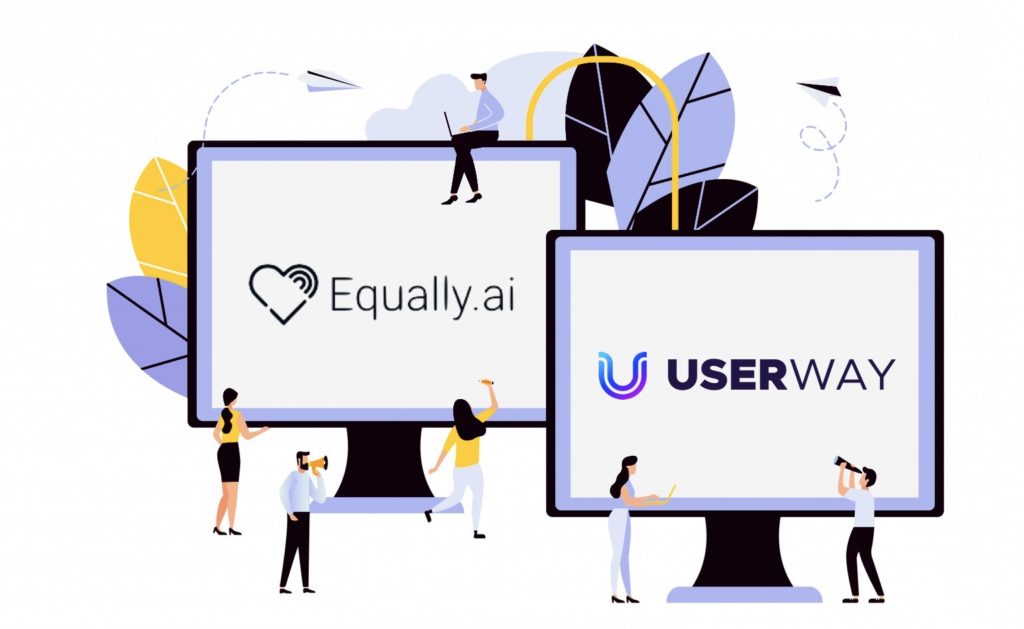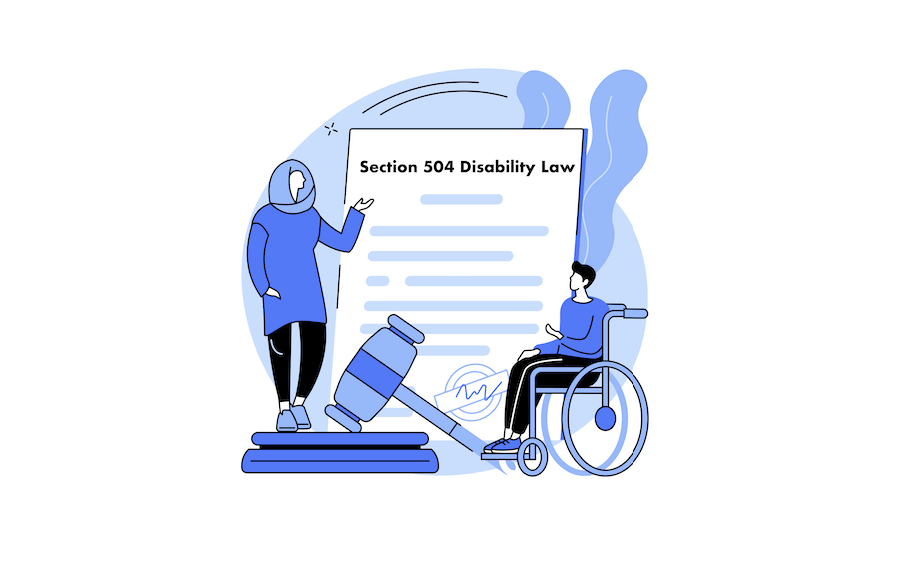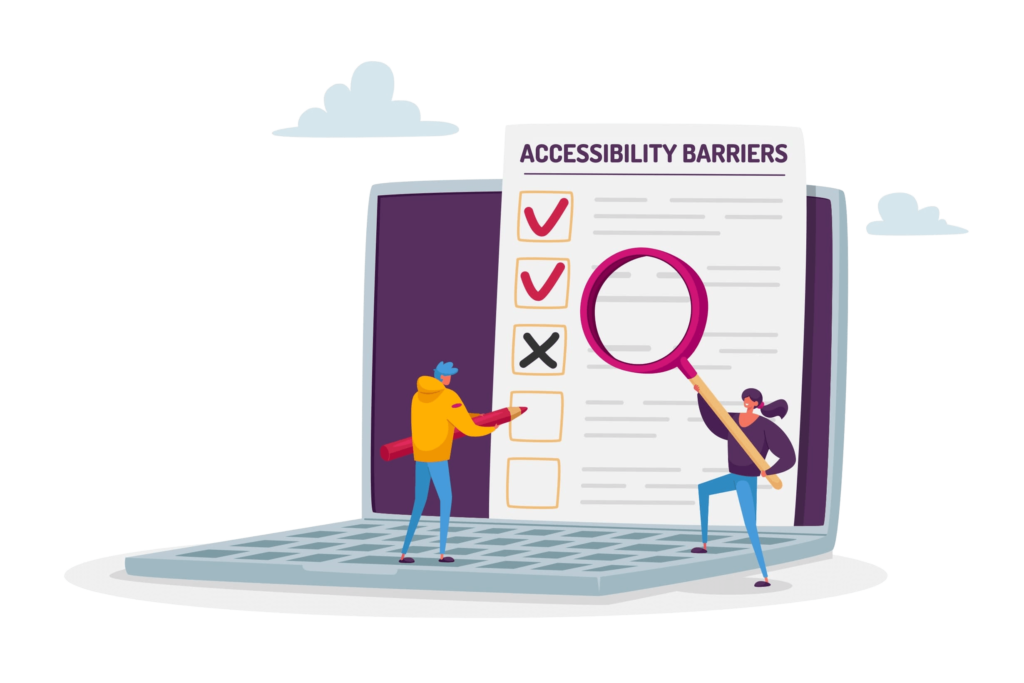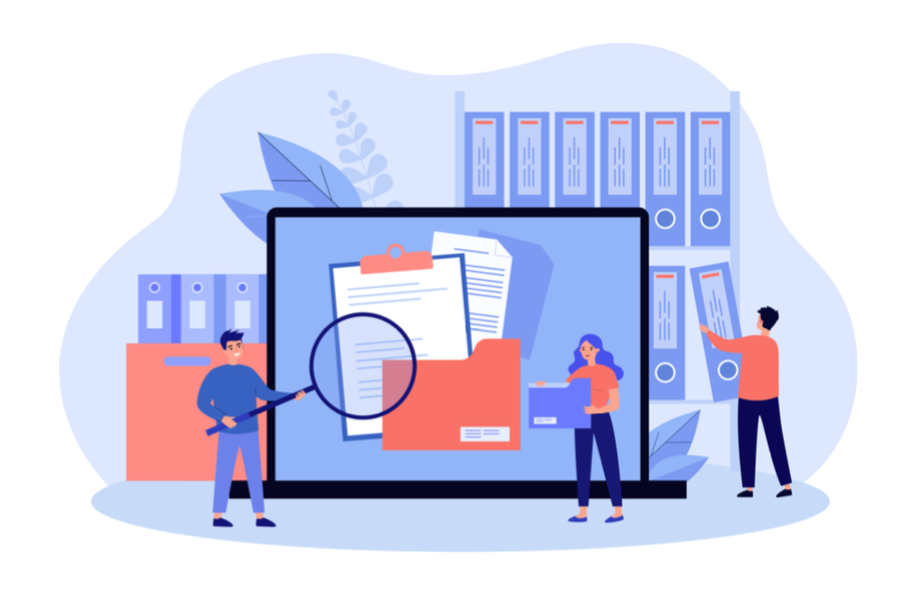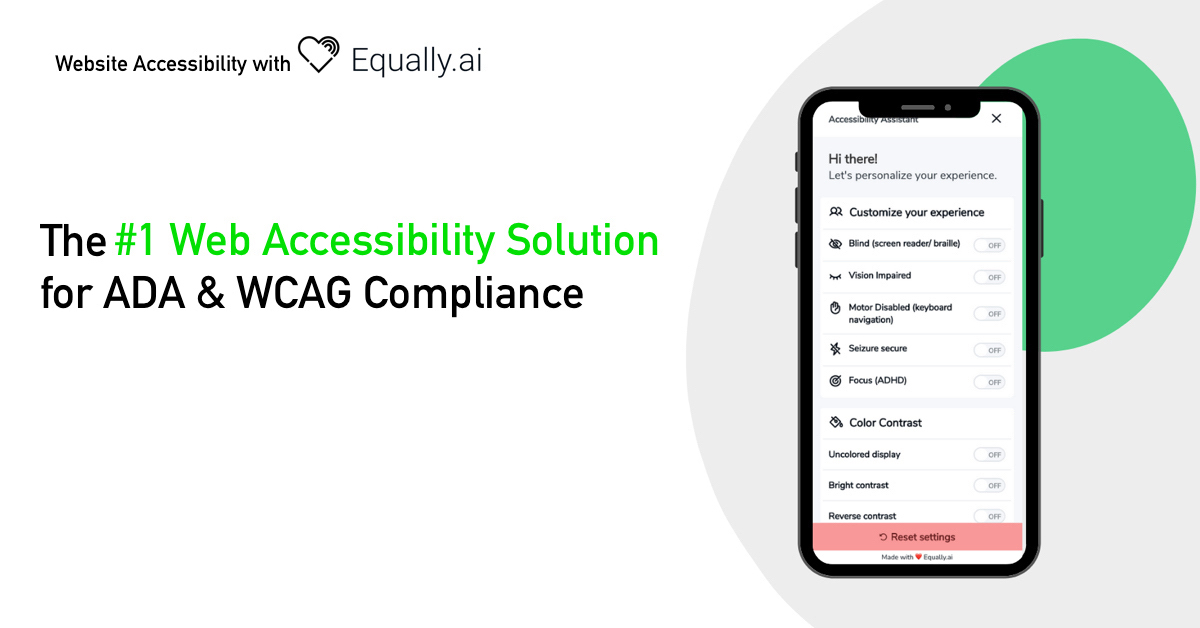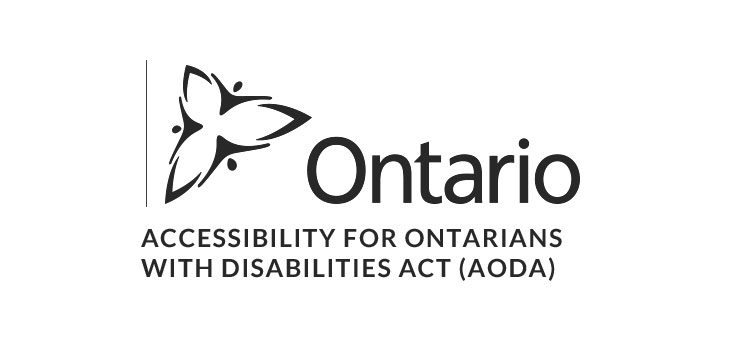
What is AODA?
It’s not a secret that disabled people face many difficulties, as, by default, our societies are designed with only non-disabled individuals in mind. In a bid to change this. To understand the AODA compliance completely, all the regulations are explained below.
It is aimed at identifying, then removing, and preventing barriers for people with disabilities. AODA applies to every level of government, private sectors, and non-profit entities with one or more workers. The government hopes that by 2025, there will be extensive accessibility standards. To achieve that, some standards and requirements have been designed for organizations to follow.
What does AODA Stands For?
AODA stands for Accessibility for Ontarians with Disabilities Act (AODA. Ontario’s government created the Accessibility for Ontarians with Disabilities Act (AODA) in 2005. Ontario is a province in central-eastern Canada neighboring the U.S. The act is designed to protect disabled Ontarians, and to ensure AODA compliance, the government created extensive rules and penalties.
AODA Compliance Standards
The AODA compliance standards, also referred to as accessibility standards, refer to a set of laws enacted by the lawmakers that must be followed by government, businesses, NGO’s and public organizations. The aim is to make them more accessible. There are 5 AODA standards, which includes other requirements, they are;
The customer service standard
This standard requires service providers to make their goods, services, and facilities available/accessible for disabled people. It mandates that service providers find a means to break down all barriers that could prevent clients with disabilities from gaining access to their services.
The information and communications standards
This standard deals with the accessibility to equal-web information by customers with disabilities. It contains laid down rules for organizations ensuring that they create information and communication that can be accessed easily by people with disabilities
The employment standard
The employment standard mandates employers to make their employment practices conducive for current employees and potential ones with disabilities; they also create an enabling workspace environment.
The design of public spaces standard
This standard focuses on the design of outdoor public spaces; it ensures the development of public areas is done to be accessible to citizens with disabilities.
The transportation standard
The standard requires that transport service providers make their transport equipment and vehicles accessible. This way, passengers with disabilities can commute across the province.
History of the AODA organization
The organization’s history can be traced back to 1990 when the Ontario Human Rights Code was enacted. 1994 saw its birth as ODA (Ontarians with Disabilities Act); this was the first step towards its progression. The aim was to ensure the prevention and removal of all forms of barriers that could prevent people with disabilities from taking on full roles as members of society. Thus, it granted them access to the necessary facilities and necessities for survival. IN 2001 the act was passed into law.
2005 saw the formation of the Accessibility Standards Advisory Council and subsequently saw AODA compliance being passed into law. By 2011, July, AODA 5 standard was formulated by the IASR (Integrated Accessibility Standards Regulation). The goal is to make Ontario’s city utterly accessible by the year 2025, ensuring people with disabilities enjoy full privileges just like any other citizen.
Is AODA linked or related to ADA, WCAG, and Section 508 in any way?
In a way, yes, AODA compliance is related to ADA, WCAG, and Section 508. They are all accessibility laws that apply in different states. ADA refers to the Americans with Disabilities Act; it prohibits the discrimination of persons having any form of disability and creates equal opportunities for them. Section 508 is found in the U.S. Rehabilitation Act, which aims to eradicate barriers available in information technology for people with disabilities. Finally, WCAG 2.0 refers to Web content Accessibilities, which gives a list of technical requirements that are universally accepted. It focuses on how the web can be made accessible and understood quickly by people with disabilities.
So, these accessibility laws are most likely built on the W3C WCAG 2.0 Guidelines, as they all aim to fulfill the accessibility requirements of Level A.A. set by the WCAG 2.0.
P1 and P2 Audits
The Directorate of the AODA Organisation often performs mandatory audits on service providers who have submitted their compliance results and those who haven’t. The audits come in two different levels, which are termed P1 and P2 audits.
Phase 1 (P1) Audits:
These are aimed at helping various organizations file their compliance reports. It involves an approach that is progressive towards compliance. To do this, they provide organizations with the tools and resources necessary to grasp and meet the various compliance requirements fully. The selection of organizations for this audit purpose can be selected at random irrespective of their report submission status. In 2017 alone, the directorate performed 1,254 audits and ended them at the P1 level without escalating it further.
Phase 2 (P2) Audits
These are directed at confirming organizations’ compliance with the various accessibility laws of AODA together with its regulations. P2 audits are done based on multiple requirements, which vary from one organization to the next. In the same year, 2017, a total of 476 audits were moved to the P2 level, where they were resolved and closed.
From both audits conducted that year, a pattern was established. It was noted that a majority of organizations were taking steps to ensure they incorporate the accessibility requirements to their customer service and other practices.
What are some of the Most Important Updates in the last year?
- 2019 Legislative Review of the Accessibility for Ontarians with Disabilities Act, founded in 2005
- All websites should be WCAG 2.0 AA accessible by January 1, 2021
- Submissions for the AODA compliance report have been moved to June 30, 2021
Besides the regulations, do they offer other services?
Yes, they do. AODA offers a range of other services, excluding its compliance regulations. These services include:
AODA compliance checklist
The AODA checklist aims to summarize the standard and vital legal requirements for all private organizations that fall under the AODA. The list is minimal, and depending on the type of organization, it may have other conditions that can also be considered.
- AODA courses and training
The organization also provides essential training services to every employee on the fundamentals of AODA compliance and accessibility. They inform them of the effect on people with disabilities, and these training pieces are often for free.
- Does AODA play a role in lawsuits?
Yes, to a large extent, they play a role in helping persons with disabilities feel they’ve been discriminated against by any establishment. If a report is made to AODA, the erring organization will face a serious legal battle that could cost them funds and leave a dent in their reputation. They would most likely be branded as a company/business that discriminates.
- Do they try to inform the public about their regulations actively, and are they creating awareness for Web Accessibility?
Yes, they do. Often whenever there’s an update in the requirements, the general public is made aware of it. This could be done by using personal outreach efforts to educate service providers on the need to ensure accessibility for persons with disabilities. The directorate often helps organizations in compliance with the necessary acts. Plus, the word with the W3C WCAG 2.0 guidelines ensures every organization is aware of making their web content accessible and why it is essential to do so.
What part of the compliance is specific for/divided per disability?
Disability ranges from invisible and visible conditions that could have emerged from birth, been triggered by accident, or been caused over time. And so, depending on the disability different compliance method applies to them, some of the disabilities covered include:
Audio disability
For this, the compliance stipulates the use of Audio-visual materials, seen as the audio-eye, and requires the use of captioning alongside descriptive videos.
Visual disability
Citizens who are visually impaired are assisted by specially training them to navigate their workplace safely. This is referred to as O and M (orientation and mobility training). Other methods include the use of guide dogs, sighted guides, or white canes.
Physical disability
For this category of persons with disabilities, physical barriers should be cleared off to access services easily. This could be either by installing elevators or providing ramps in offices; whichever option is cost-effective.
Cognitive and Neurological disability
Compliance guidelines include that a user should be permitted to extend or adjust the website’s length of updates. A website should also be fully responsive to keyboard promptings. Every element on the web should be adequately labeled, accompanied by instructions. For these persons, the solutions for audio and physical disabilities applies. These are slow learners, so every physical barrier should be eradicated from the workspace, while audio-visual materials help them.
Speech impairments
Sign language, speech recognition software would be essential to ensure accessibility for these categories.
AODA compliance industries
Generally, AODA compliance is essential in the following industries:
- Government
- Financial
- Healthcare
- Consumer and Public sector
- Media
- Educational
- Legal
- Hospitality/food
- NGO establishment
Important AODA compliance countries
AODA compliance is essential in the following countries:
- The United States of America
- The United Kingdom
- Australia
- Costa Rica
- Canada
- The Czech Republic
- France
- Chile
Solutions where AODA has been implemented
AODA is implemented in different web accessibility solutions. To learn more about these solutions, take a look at our reviews. The solutions that comply with the AODA standards include;
- Online Ada
- Hike orders
- Compliance Sheriff
- AKEA
- Make-Sense
- Essential Accessibility
- Adally
News updates on AODA activities
- 2020 Accessibility to-do list
- 2020 checklist for Ontario employees
Final Verdict
The AODA compliance standards have been in full swing since 2005. The organization has taken necessary steps to ensure that every person with a disability is welcome in society and can access the same resources as persons without a disability. For this reason, it has enacted guidelines that should be followed by every organization in Ontario, Canada, to prevent a lawsuit that accompanies discrimination against such individuals.
It also gives organizations the necessary support it needs to meet up to its standards. This way, the province would one day become fully accessible for persons with disabilities.


